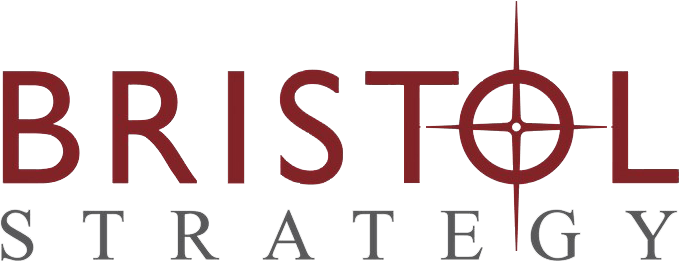Your fundraising pipeline, that useful calendar of prospective grants and gifts that you try to keep full, may only tell you two things today: “what’s coming in soon?” and “are we going to meet our fundraising goals this quarter?” But your pipeline could tell you many other valuable things – if it could speak “Donor,”‘ that is, speak to you in the voice of your donors, grantors and corporate partners.
The pipeline concept is not as familiar to nonprofit executives as it is to commercial sales organizations, and we think that’s a shame. Pipelines are very useful tools, whether you manage them with pencil and paper, or with sophisticated software. The key to making the pipeline a useful management tool is not the technology you use to document it, but rather the information and indicators that you capture and track.
Of course you start with the basic who, what, how much and when. But additional information is needed. And if you choose the right types of information, your pipeline becomes a strategic, pro-active management tool that improves your fundraising results and makes your board happy.
Now that you’ve got the basics, you need some Key Performance Indicators, sometimes referred to simply as KPI’s. It’s easy but misleading to use fundraising activities as your KPIs. Taking donor prospects to lunch, to play golf, and to attend events may be useful activities but they really only tell you whether you did an activity with the prospect, not whether the prospect moved to the next “stage” of his or her giving process.
Tracking the donor’s giving process turns out to be very useful for purposes of pipeline management. To start with, there are only seven or eight stages in the giving process, which makes it easier to track. And then those stages are more objective, less subjective, and keep the development officer or peer solicitor focused.
Download your copy of our Best Practices Report, “Teach Your Pipeline to Speak Donor.”

